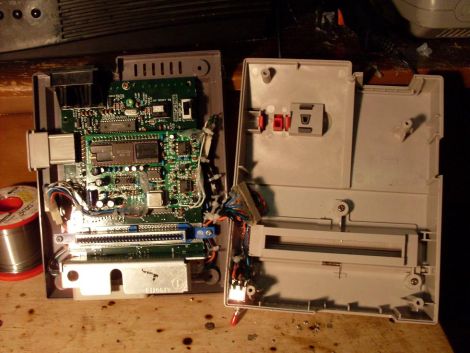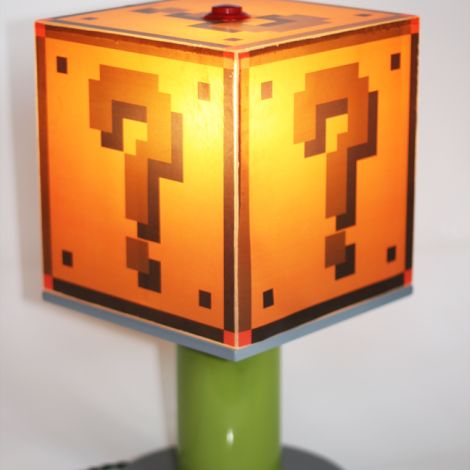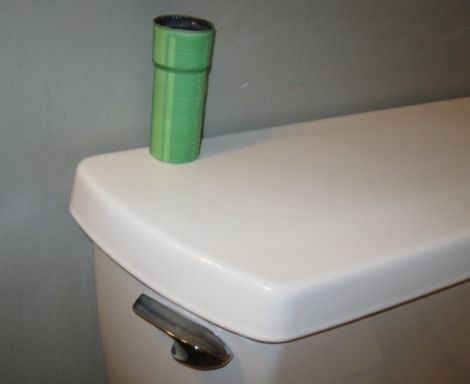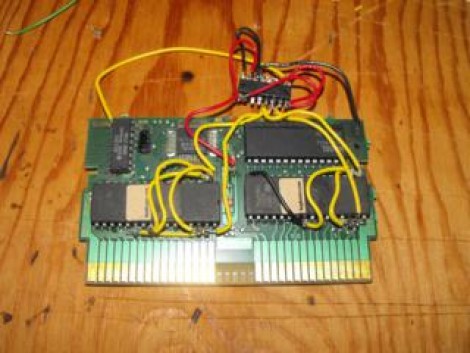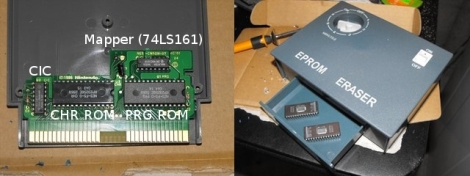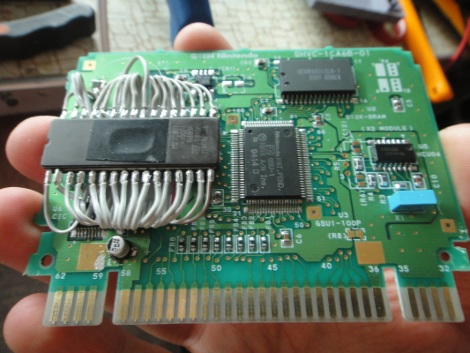
Standing up to play Dance Dance Revolution type games is sooooo much work. Thankfully, [Jebadiah0001] is taking the strenuous exercise component out of the game by altering a guitar controller to play dancing games.
He’s calling it Bass Hero because the DDR games only use four inputs, reducing the guitar controller to four string buttons like an electric bass would have. His implementation uses a GameCube controller to connect to the console. He took it apart to get at the button connections. Each string button on the guitar is connected on one side to a button on the GC controller, the other side is a common connection. But instead of pulling those straight to ground, he routes that signal through the strumming actuator. This way the player can get the correct buttons ready, then strum at just the right time to complete the circuit.
It certainly makes the harder levels of DDR quite a bit easier. See for yourself in the video after the break.
Continue reading “Bass Hero Combines Guitar Hero With Dance Dance Revolution”

